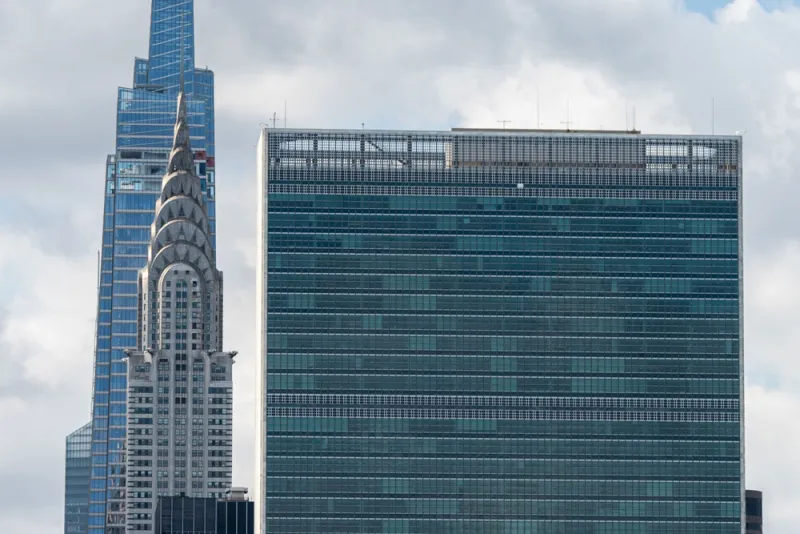In a conversation with Institutional Investor on Tuesday, Pedro Guazo, the head of the $87 billion United Nations Joint Staff Pension Fund, revealed that the UNJSPF is poised to invest between $5 billion and $7 billion in the private markets in the coming years. Guazo, who spoke on the heels of the publication of the fund’s annual meeting report on October 5, said the new investments would be made possible by a shift in the organization’s asset allocation policy, among other changes.
Guazo joined the pension fund in 2020 after his predecessor, Sudhir Rajkumar, stepped down in March of that year, just as the fund was losing $10 billion in that month’s vicious market selloff. The UNJSPF had also been hit with an internal audit that revealed accusations of a “toxic“ workplace environment.
Since then, Guazo’s mandate has been to improve the organization’s culture, investment practices, and transparency.
He laid the groundwork for cultural change early in his tenure, reorganizing the fund’s reporting structure so that the heads of the investment team, risk management team, and operations team were all on an equal footing. “We’re trying to give as much importance [to] the investment side of the house [as we do to] risk management and operations,” he said. “You cannot live in isolation. Everybody is as important as [everybody else].”
The UN has implemented trading and recusal policies, and has also created a “change agent network” of staffers who are working to improve its culture.
The pension fund had achieved a nominal rate of return of 13.4 percent as of December 30, 2020, and has posted a 6.4 percent return year to date. It’s clear that what the UNJSPF is doing has worked so far: The organization is over 130 percent funded. “We've been very lucky because of the markets, but we’ve been very disciplined [about] following our strategic asset allocation,” Guazo said.
Private markets investments, including real estate, infrastructure, and traditional private equity, will be a big area of focus for the fund. “We want to become faster [when it comes to] investing in the private markets,” Guazo said. “That’s where we’re going to be focusing our time.”
He added that the organization will allocate between $5 billion and $7 billion to these assets in the next few years, and that the UN will be open to allocating capital to new investment managers. “We'll be knocking on the doors of the ones we know, as well as the newcomers,” he added.
Despite strong funding levels, the UNJSPF portfolio has “been consistently below” its benchmark for all time horizons, in part because of “unattainable” asset allocations and benchmarks, according to the annual report.
For that reason, the fund has decided to make some changes. First, they’re shifting benchmarks. According to Guazo, the measure that the UNJSPF had been using for its public equity investments was “arbitrary.” Now, he said, “we’re moving toward best practices.”
The investment office is also making changes to its asset allocation strategy. According to the report, the UNJSPF plans to decrease its investments in large cap equities, emerging market equities, and mortgage-backed securities and move that money into United States bonds, small-capitalization public equities, and the private markets.
Guazo also noted that the UN has had to contend with staffing issues. “We did a whole analysis of the resources we need, [and] even our internal auditors say we’re under-resourced,” he said. He hopes to hire 27 new staffers soon, but said that the additions are awaiting December approval from the full board.







